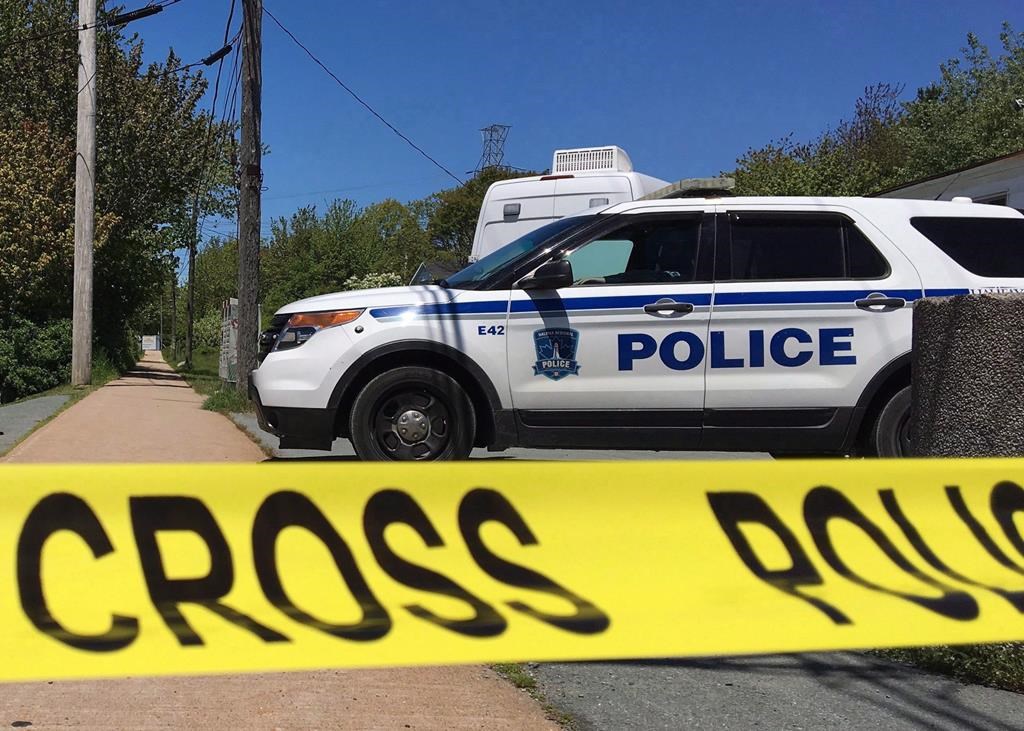Explosive training device left on Air Canada plane in dog-training exercise
Posted Jan 21, 2013 08:57:04 PM.
This article is more than 5 years old.
VANCOUVER – British Columbia’s transit police have been forced to explain how an inert explosive device used in a dog-training exercise was left on an Air Canada airplane that then flew to Toronto.
The force has blamed a single officer who subsequently resigned, and says new training protocols have been put in place in the two years since the mistake was made.
The critics who shed light on the incident, however, cite the security breach as a reason for alternate transit security.
“I would hope there would be no loss of confidence,” Anne Drennan, spokeswoman for the Vancouver area Transit Police, said in an interview Monday.
“This is the error of one officer. It wasn’t a situation, fortunately, where anybody was actually put at risk but it’s something that should never have happened and we’ve taken steps to ensure that it won’t happen again.”
The glass bottle containing a chewing gum-sized wad of explosive material was missing for two days before the dog-handling transit officer noticed in January 2011 that his kit was incomplete.
By that time, the plane where the exercise was staged was back in service and on the ground in Ontario, where Air Canada security was advised of the loss.
Authorities including the RCMP and Coast Guard were involved in a vigorous search that finally gave an all-clear for use of the aircraft after 14 checks. They came to the conclusion the device had likely been picked up as trash, transported to a dump and incinerated.
Drennan said preventing future incidents includes requiring any officer involved in training to fill in a log book showing all the samples have been returned and the kit is completely intact.
The force also no longer uses in-service aircraft for training, opting instead for retired planes located at a Vancouver area technical college, she said.
The incident wasn’t made public until Monday, when documents charting the investigation were released by the Canadian Taxpayers Federation to bolster its argument to replace transit police with a less costly security.
“We don’t hear about this with other RCMP forces, you don’t hear about it with the VPD (Vancouver Police),” said Jordan Bateman, federation director.
“You can get the same kind of service by partnering with local detachments and having transit security as you are now and for far cheaper.”
Bateman obtained details of the incident through a freedom of information request that he filed last July after he was notified by a “whistleblower” within the transit system.
The documents reveal that the device could not have detonated without a blasting cap, which wasn’t attached. They say the missing training device was placed on the plane, along with several others, for the dog to sniff out.
After a thorough investigation, police said they believe cleaning staff at Vancouver’s airport disposed of the explosive and it went through a Metro Vancouver garbage incinerator.
“Transit police are a well-trained department. They train with municipal police officers and achieve the same standards and certification levels of other officers in this province,” Drennan said.
The dog training is crucial should transit police be called in to assist RCMP at the airport, which has a direct SkyTrain connection.
“They are a valuable part and an integral part of transit in this province,” Drennan said, responding to Bateman’s assertion the force and its $27 million annual budget should be cut in favour of transit security who are paid much less.
Bateman said two-thirds of the force mostly only check fares, yet 57 officers are making more than $100,000 in salary. He said there should be discussion about the force’s value because an electronic fare-gate system will go into use within the next year.
The documents also show there was discussion between the transit police and other authorities about making the incident public, though that never occurred.
Drennan confirmed those details on Monday, but couldn’t explain why the force kept mum. She did not work for the force at the time, and neither did its current chief or deputies.
“I would suggest that perhaps (the former administration) felt it wasn’t a public safety issue and they didn’t need to put it out, but I can’t speak for them,” she said.
At no time was public safety or the safety of any staff compromised, she said.
“You could strike the material with a hammer, or light it on fire without it exploding,” she said. “Nobody would have known what it was even if they did spot it.”










